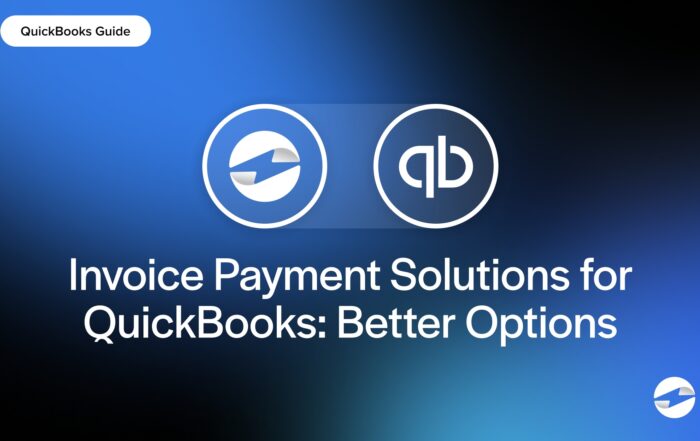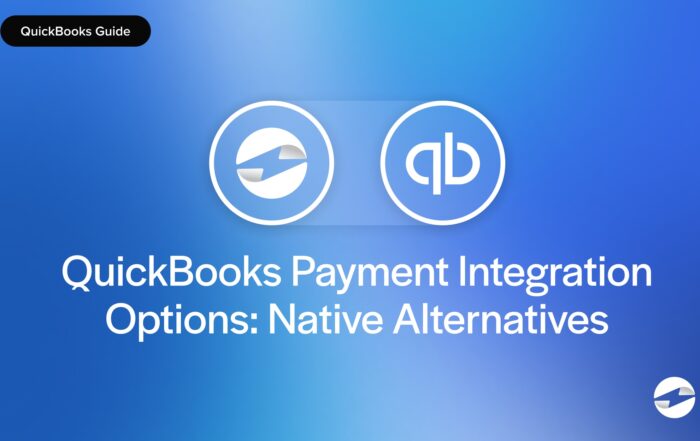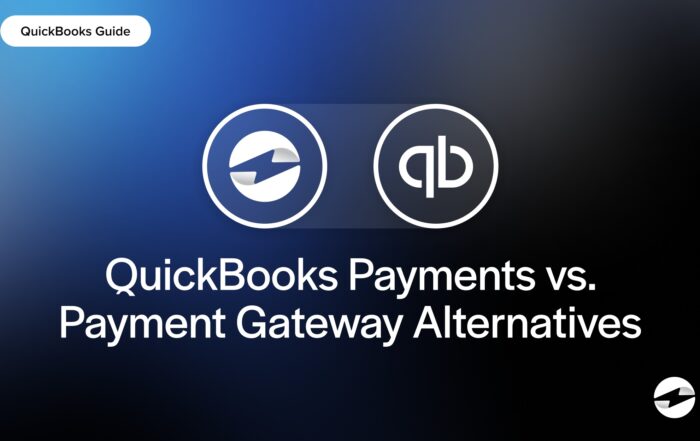What is an EFT payment?
An EFT (Electronic Funds Transfer) is any digital money movement between bank accounts without using paper checks or cash. EFT payments are used for payroll deposits, bill payments, online purchases and business transactions. EFTs include almost any non-cash, non-check digital payment.
Common types of EFT payments include:
- Direct deposits (payroll, tax refunds)
- Wire transfers (domestic and international bank transfers)
- ACH payments (used for bills and recurring transactions)
- Debit and credit card transactions
- Online banking transfers
Key Points
- Electronic funds transfers (EFTs) power everyday transactions. From payroll deposits and bill payments to online shopping and business transfers, making money movement faster and more convenient.
- Different EFT types have different speeds. ACH transfers take 1-3 days, wire transfers are same-day but costly, and debit/credit transactions are instant but may take time to settle.
- EFTs are protected by law. The Electronic Funds Transfer Act (EFTA) protects consumers against fraud, errors, and unauthorized transactions.
How long does an EFT transfer take?
The time it takes for an EFT payment to process depends on the type of transfer:
- ACH Transfers: 1-3 business days (payroll, bill payments).
- Wire Transfers: Same day or within hours, but may have higher fees.
- Debit & Credit Card Transactions: Instant, but settlement can take 1-2 days.
- Bank-to-Bank Transfers: Varies, often 1-2 business days within the same bank.
Some EFTs are instant, and others rely on banking networks that need time for verification and security checks.
What is EFT debit?
An EFT debit is when money is taken out of your bank account. This is often used for:
- Monthly bill payments (utilities, subscriptions)
- Loan payments
- Automatic withdrawals from savings or investment accounts
If you set up auto-pay for your phone bill, your provider will use an EFT debit to pull monthly funds from your account.
Difference between ACH and EFT
While ACH (Automated Clearing House) and EFT are both electronic transactions, they’re not the same:
- EFT is a broad term that includes all digital payments.
- ACH is a specific type of EFT that moves money between bank accounts via the Automated Clearing House network.
| Feature | EFT (General) | ACH (A specific type of EFT) |
|---|---|---|
| Includes | Wires, card payments, online transfers | Only bank-to-bank transfers |
| Processing Time | Varies (instant to days) | 1-3 business days |
| Use Cases | Payroll, online purchases, debit/credit card payments | Direct deposits, bill pay, B2B transactions |
If you’re moving money between U.S. bank accounts, you probably use ACH. The ACH system is behind transactions like direct deposits and online bill payments. EFT transactions are a bigger category that includes all kinds of digital transactions. For example, paying with a debit/credit card or sending a wire transfer is also considered an EFT. One of the most important distinctions is that ACH won’t work when sending money internationally. You’d use another form of EFT to send money across borders, like a wire transfer. In short, all ACH payments are EFTs, but not every EFT is an ACH transfer.
What is the purpose of the Electronic Funds Transfer Act?
The Electronic Funds Transfer Act (EFTA) was passed in 1978 to protect consumers who use EFT payments. EFTA ensures:
- Fraud protection – You can dispute charges if someone steals your debit card.
- Error resolution – If a bank error occurs, you can fix it.
- Fair dispute process – Banks must investigate and refund if fraud is found.
If you see an unauthorized EFT debit on your account, EFTA gives you 60 days to report it and get your money back.
EFTs make transactions faster, safer, and easier than checks or cash. Whether you’re getting paid via direct deposit, auto-pay, or online purchases, EFT works behind the scenes.
You May Also Like
Read More
Read More
Read More
Read More



